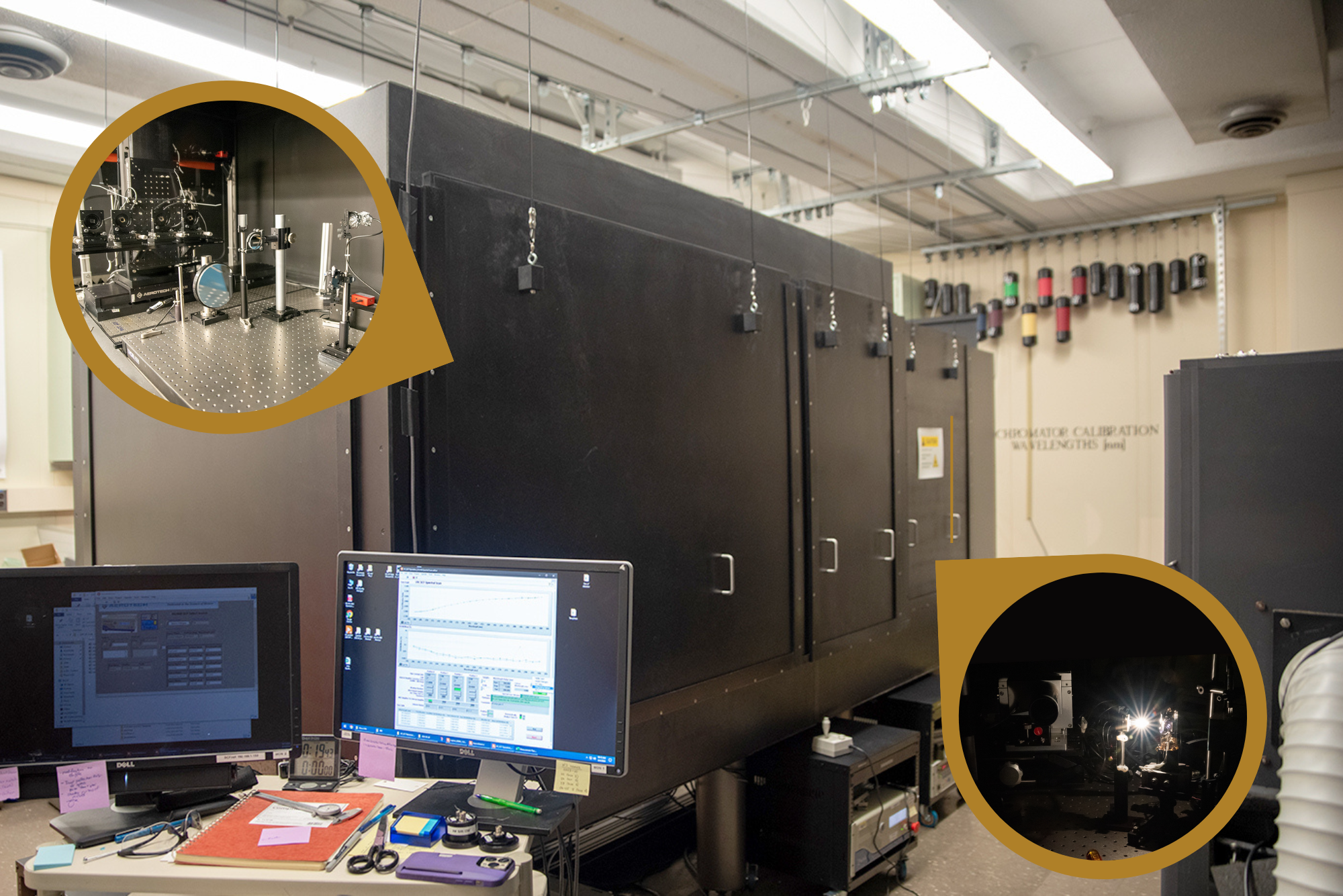B. Hayes/NIST
A firefighter’s protective clothing, called turnout gear, is essential for operating in the dangerous conditions of a fire. However, the firefighting community has raised concerns regarding the presence of a class of chemicals called per- and polyfluoroalkyl substances (PFAS) — some of which have been linked to cancer — in the gear.
Until recently, the public has had little information regarding the specific types, quantities and location of PFAS in firefighter equipment, but now, a new report sheds light.
Researchers at the National Institute of Standards and Technology (NIST) have conducted an in-depth examination of a range of textiles used in turnout gear coats and pants, which are constructed in three layers. The results showed that the amount of PFAS present varies widely between manufacturers and layers, with the highest PFAS concentrations observed in the outermost two. The results of the study suggest that selecting optimal combinations of fabrics for each layer could significantly reduce the amount of PFAS present in turnout gear.
PFAS, which are ubiquitous in manufactured products due to their oil- and water-resistant properties, do not break down easily and persist in our bodies and the environment, earning them the moniker of “forever chemicals.” These suspected carcinogens have found their way into the bodies of most Americans. However, researchers have shown that firefighters are burdened by comparatively high levels of at least one type of PFAS.
The first step to better protecting firefighters from this potential health hazard is to learn about the sources of PFAS exposure, which may include their protective gear.
“At NIST, we’re trying to figure out what is in there. How much? What type?” said NIST researcher Rick Davis, a study co-author. “Once we answer that, then researchers can start to answer questions about how it’s getting into firefighters’ systems. Do they inhale it? Do they ingest it? Does it pass through their skin?”
The research team collected 20 brand-new textile samples, each used for one of the three layers of turnout gear — the outer shell, the moisture barrier and the thermal liner. All meet a standard published by the National Fire Protection Association (NFPA), which specifies requirements for resisting heat, water and other hazards.
For the researchers, quantifying the concentration of any other chemical would have likely been standard fare, but PFAS brought forth unique challenges. Contamination is almost always a concern in chemical analysis, as chemicals from outside the sample can skew results. In this study, the authors encountered external sources of PFAS at nearly every turn.
“It was a big challenge. Most of our analytical equipment contains fluoropolymers that could leach out PFAS. But over the years, we’ve developed ways to reduce contamination,” said NIST researcher and study co-author John Kucklick. “In some cases, there was contamination, but we were able to identify and flag it.”
The researchers relied heavily on existing PFAS standards — highly accurate and pure PFAS samples of a known concentration — to ensure that the methods they used to measure PFAS levels produced accurate results. The team also employed several measurement techniques in parallel to further ensure their findings could be trusted.
The researchers targeted 53 PFAS within 20 textiles used to fabricate the different layers of turnout gear. They identified and quantified the concentrations of 26 different PFAS, uncovering some important differences among the samples.
The team found the least amount of PFAS in the layer closest to firefighters’ skin, the thermal lining, which may correspond to water repellency being a lower priority for this layer than the other two.
At the other end of the spectrum, the moisture barrier and the outer shell contained PFAS concentrations up to 400 times higher, though those numbers varied widely from fabric to fabric.
Two of the outer shell textiles they tested had not been treated with a water repellant coating. Those samples contained far less PFAS than other outer shell layers, while the treated outer shell fabric consistently contained the greatest amounts of PFAS.
“If you changed to a non-PFAS water repellant coating on the outer shell, then you essentially eliminate PFAS from that layer. There isn’t much in the thermal liner to begin with. So really the one layer left to address is the moisture barrier,” Davis said. “On paper this sounds easy to solve — just use a non-PFAS based water repellent — but we need to know we aren’t just swapping out one risk for another.”
Ongoing work at NIST is aiming to unveil the effects that wear and tear — UV exposure, heat, laundering, etc. — have on measurable PFAS in turnout gear. The researchers suspect that regular use may lead more PFAS to escape from the gear.
The results of that research should further cement our understanding of what is inside the gear. NIST is also completing a similar study of PFAS in new and stressed hoods, gloves and wildland gear.
Additionally, NIST has started planning research to study fire scenes, fire stations and other occupational environments firefighters work in.
“While we are starting to understand PFAS in the firefighter gear, we don’t know to what extent firefighters may be exposed to PFAS from their workplace,” Davis said. “Understanding what PFAS are in the workplace tells a more complete story of the firefighter’s exposure.”
Further research by federal partners will focus on what kinds and levels of PFAS are dangerous and how the chemicals find their way into firefighters’ bodies.
Together, that information could be used to update turnout equipment standards and give firefighters confidence that the equipment meant to have their backs is not turning on them.
Report: A.C. Maizel et al. Per- and Polyfluroalkyl Substances in New Firefighter Turnout Gear Textiles. NIST Technical Note 2248. May 2023.
Originally published at https://www.nist.gov/news-events/news/2023/05/researchers-pin-down-pfas-prevalence-firefighter-gear




